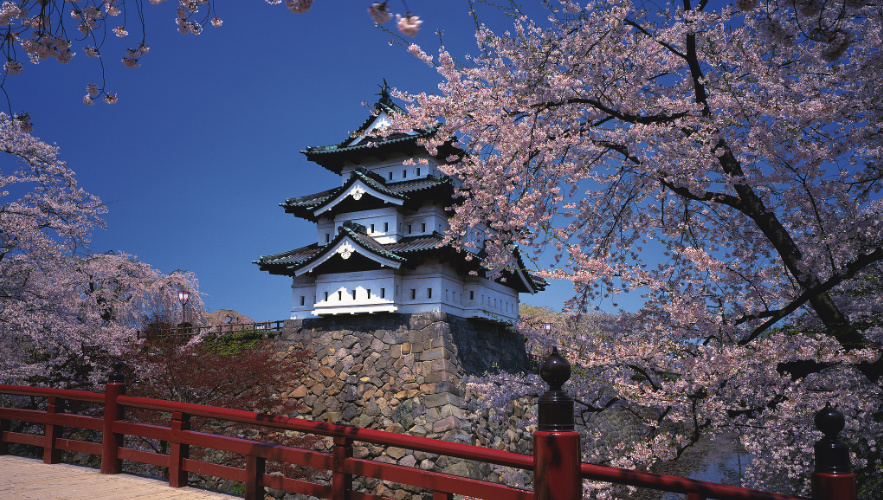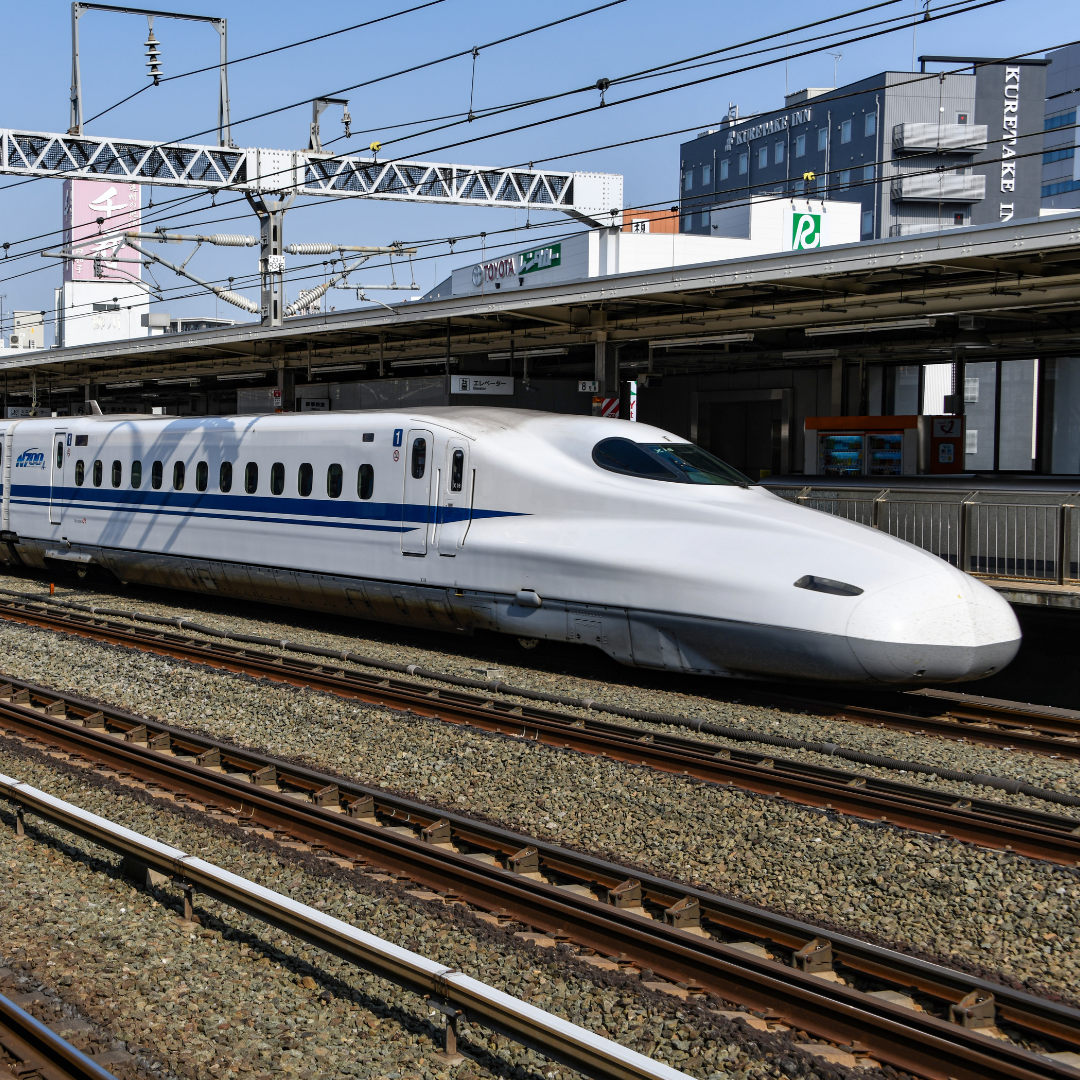Japan is a country where ancient temples stand side by side with glass skyscrapers, centuries-old customs coexist with cutting-edge technology, and quiet tea ceremonies happen just blocks away from bustling anime districts. This blend of tradition and modernity is one of the main reasons why travelers from around the world fall in love with Japan.
But here’s the secret: the best time to travel to Japan can deeply shape how you experience this cultural harmony. Whether you visit during spring’s cherry blossoms, summer’s energetic festivals, autumn’s golden foliage, or winter’s serene snowscapes, each season reveals a different side of Japan’s fascinating dual identity.
This article will take you through how traditional and modern Japan intertwine, and how to time your trip to witness the most beautiful contrast between the old and the new.
Temples and Skyscrapers: A Visual Contrast
One of the most striking features of Japan is how historical sites and ultra-modern architecture coexist seamlessly within the same cityscape.
Kyoto: Where Time Stands Still
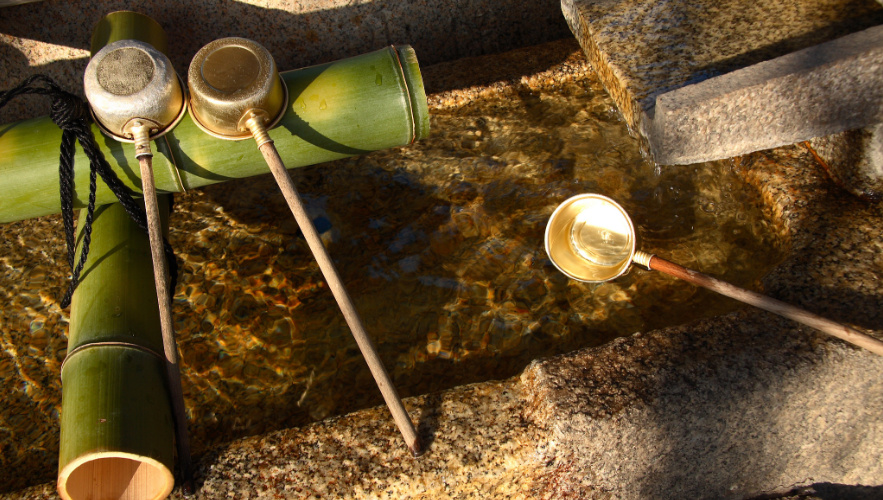
Kyoto was Japan’s capital for over 1,000 years and remains the cultural heart of the country. With more than 1,600 Buddhist temples and 400 Shinto shrines, Kyoto offers endless opportunities to immerse yourself in Japan’s spirtual traditions.
- Visit Kinkaku-ji (the Golden Pavilion), a Zen temple covered in gold leaf that reflects beautifully on the surrounding pond.
- Wander through Fushimi Inrai Taisha, famous for its 10,000 vermilion torii gates winding through the forest.
- Explore Gion, the traditional geisha district, where you may catch a glimpse of maiko (apprentice geisha) on their way to evening performances.
Tokyo: The Future in the Present
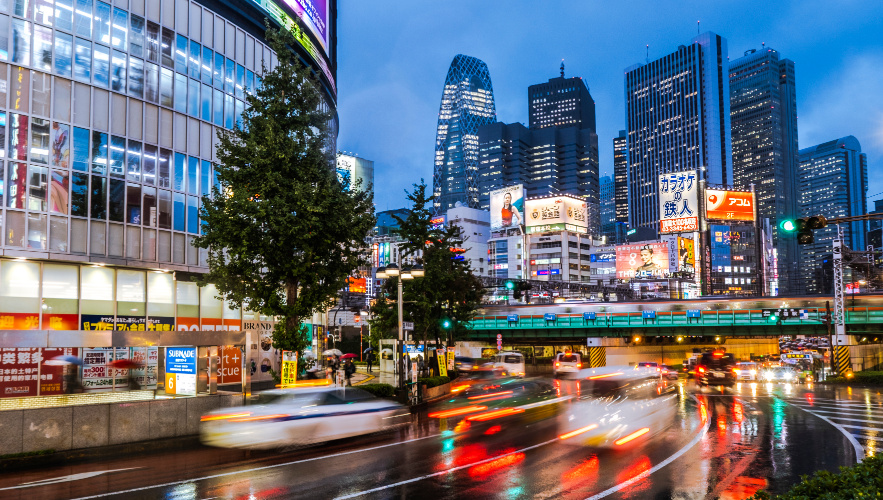
In contrast, Tokyo is a living example of modernity at full speed. Shibuya Crossing, often dubbed “the busiest intersection in the world,” is surrounded by neon lights, giant LED screens, and fashion-forward crowds.
Head to Shinjuku, where skyscrapers tower over the city, or Odaiba, a man-made island filled with futuristic attractions like teamLab Planets, robot shows, and digital art museums.
What’s magical is that these worlds are only a train ride apart. In Tokyo itself, ancient temples like Senso-ji in Asakusa sit just minutes away from modern shopping malls and sleek cafes.
Seasonal Festivals: Ancient Rituals Meet Modern Celerations
Japan’s matsuri (festivals) are living testaments to the country’s ability to keep ancient traditions alive while constantly evolving.
Spring: Hanami and New Beginnings
The practice of hanami, or cherry blossom viewing, dates back over a thousand years to the Heian era. Today, it has evolved into a national celebration. Parks fill with families, office workers, and tourists spreading picnic blankets beneath blooming trees.
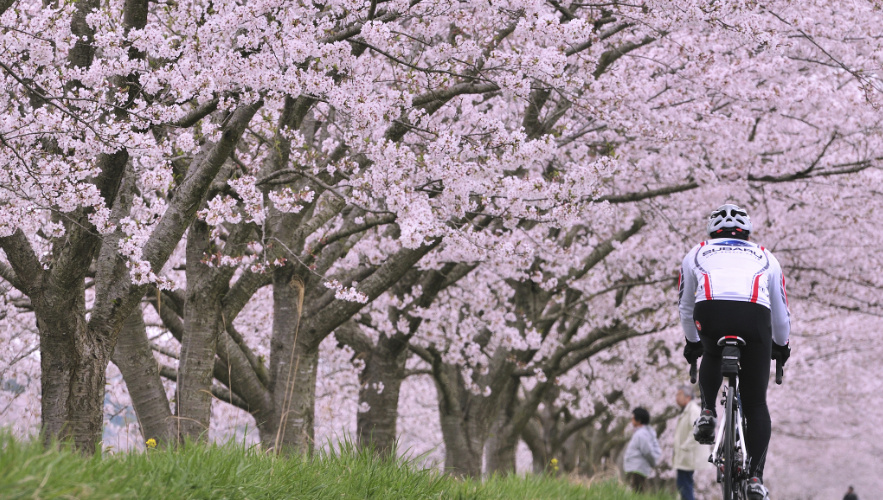
Modern touches like food trucks, live music, and LED-lit night viewings (yozakura) have turned hanami into a vibrant seasonal event that blends past and present seamlessly.

Don’t stress about planning during the peak season — our experts are here to help! Reach out to us about the 10-Day Charming Japan Cherry Blossom Family Tour, and our Japan specialists will tailor the itinerary to match your interests while handling all the details for you.
Summer: Matsuri Energy and Fireworks
Summer festivals often stem from Shinto rituals or agricultural celebrations. Gion Matsuri in Kyoto, dating back to the 9th century, features elaborately decorated floats parading through the streets. But now, the festival also includes food stalls, live performances, and tourists capturing the scene on smartphones.
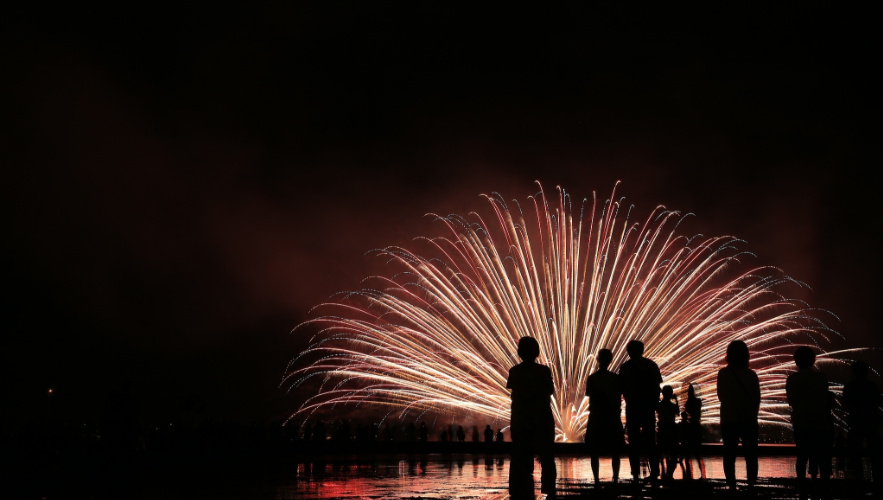
Similarly, fireworks festivals–once rituals to appease spirits–have become massive urban spectacles, synchronized with music and broadcast on television.
Autumn & Winter: Reflections and Light
In autumn traditional moon-viewing ceremonies (tsukimi) are still held in temples and gardens, but many cities now combine them with prejection mapping and modern illuminations.
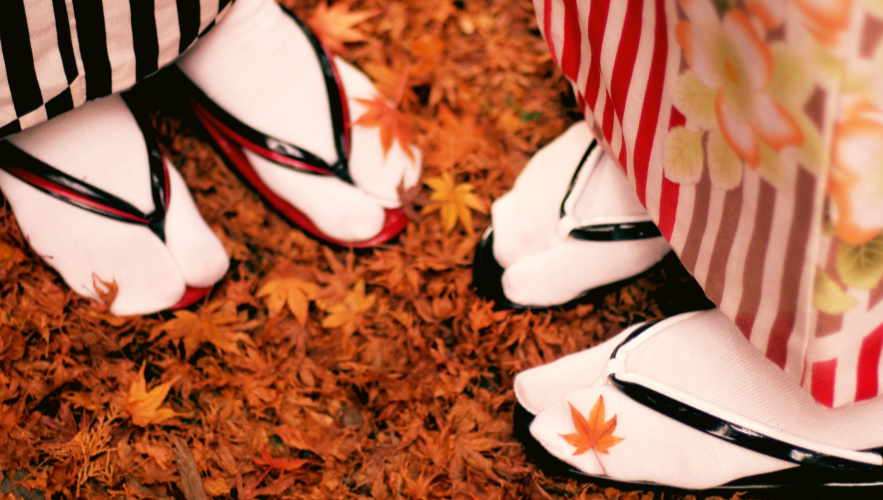
Winter brings illumination festivals, where cities like Kobe and Tokyo light up streets and buildings with millions of LEDs. These displays often happen near historical landmarks, creating a surreal contrast between timeless architecture and digital brilliance.
Transportation: The Past in Motion with the Future
Getting around Japan is another way to experience its unique cultural blend.
Shinkansen (Bullet Train): Introduced in 1964, the Shinkansen remains a symbol of Japan’s technological power. It connects distant cities like Tokyo and Kyoto in just over two hours, traveling at speeds up to 320 km/h (200 mph).
Heritage Trains: At the same time, Japan preserves its railway history through retro sightseeing trains. For example, the SL Hitoyoshi in Kyushu uses steam locomotives for scenic journeys, while other trains serve kaiseki meals on board.

Walking Through History: In places like Kanazawa, Nara, and Kamakura, you can simply walk through narrow streets that have changed little in centuries, occasionally passing vending machines and convenience stores along the way-a reminder of the modern world right next door.
Accommodation: From Ryokan to High-Tech Hotels
Where you stay can dramatically shape your experience of Japan’s cultural layers.
Traditional Ryokan
A ryokan is a traditional Japanese inn that has been welcoming travelers for hundreds of years. Staying at one involves sleeping on tatami mats, wearing yukata robes, soaking in hot spring baths, and enjoying seasonal multi-course meals (kaiseki) served in your room.
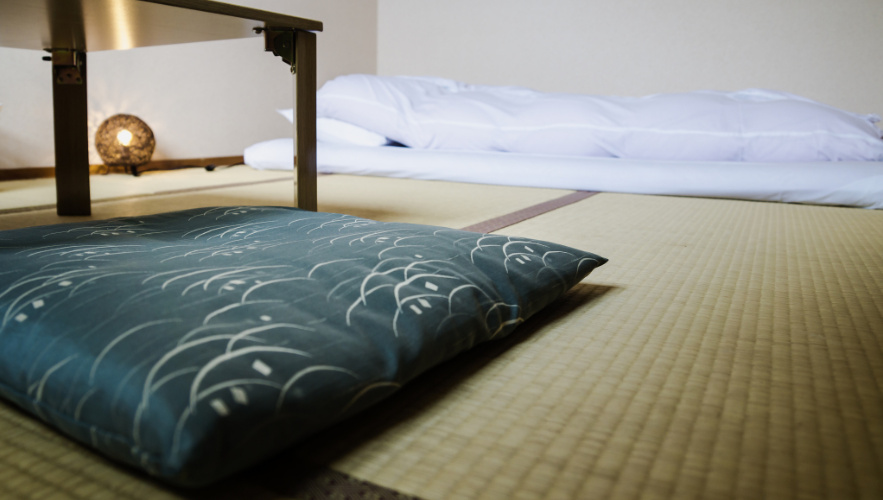
Some ryokan, especially in place like Hakone, Yufuin, and Kanazawa, have been run by the same families for generations.
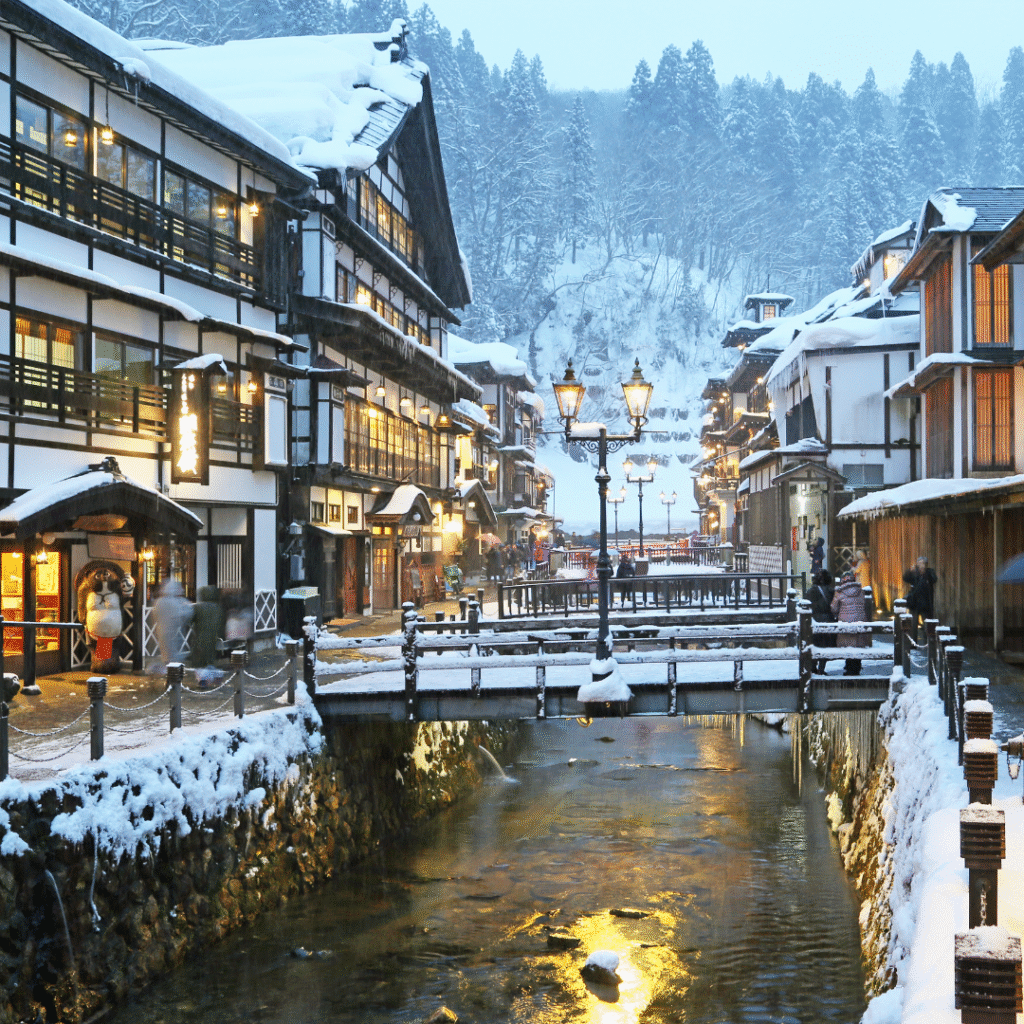
Not sure where to begin with planning an onsen-centered trip across Japan? We’ve got you covered. Contact us about the 13-Day Japan Onsen Tour, and our travel advisors will design an itinerary that fits your travel style and manage the entire process for you.
Modern Hotels and Capsule Pods
One the other end of the spectrum, Japan leads the world in innovative accommodation. Capsule hotels offer futuristic sleeping pods with builit-in screens, lighting, and privacy. High-end hotels in cities like Tokyo and Osaka boast smart-room technologies, panoramic skyline views, and sleek minimalist designs.
The Best Part? You Can Do Both
Many travelers combine both experiences: a few nights in a ryokan for traditional immersion, followed by a stay in a high-tech city hotel for modern comforts.
Shopping & Pop Culture: Ancient Crafts Meet Global Trends
Japan is a dream destination for shoppers, whether you’re into traditional crafts or the latest tech gadgets.
Traditional Crafts
- Nishijin textiles in Kyoto, used for kimono weaving, are still made using centuries-old techniques.
- Washi paper, pottery, lacquerware, and folding fans are beloved souvenirs taht reflect regional identites.
- Many workshops offer hands-on experiences where you can make your own crafts, connecting you to living traditions.
Modern Pop Culture
At the same time, Japan leads global pop culture trends:
- Akihabara in Tokyo is a mecca for anime, manga, and gaming.
- Harajuku is ground zero for youth fashion and street style.
- Shibuya’s mega malls and flagship stores showcase cutting-edge design and technology.
What makes shopping in Japan special is how you can buy a handmade kimono in the moring and pick up the lastest gaming console in the afternoon, all in the same city.
Best Time to Travel to Japan for Cultural Exploration
Because Japan’s traditional and modern attrations are available year-round, you can visit any time. But the season you choose can shape the vibe of your trip:
| Season | Cultural Highlights |
| Spring (Mar-May) | Hanami (cherry blossom viewing), temple gardens, traditional festivals with modern flair |
| Summer (Jun-Aug) | Energetic matsuri, fireworks, modern street culture, high-tech attractions |
| Autumn (Sep-Nov) | Autumn foliage in temples, moon-viewing, balance of nature and urban life |
| Winter (Dec-Feb) | Illuminations, snow-covered temples, hot springs paired with cozy modern comforts |
If you want vivid contrasts, spring and autumn are ideal: spring shows old temples framed by fragile blossoms against neon-lit skylines, while autumn brings golden leaves to both ancient shrines and urban parks.
Winter is quieter but magical-perfect for hot springs, historic towns dusted in snow, and city illuminations that make modern Japan glow.
Japan’s magic lies in the fact that it never chooses between tradition and innovation–it embraes both wholeheartedly. A single day might take you from a centuries-old tea house to a robot cafe, from a peaceful Zen garden to a bustling train station where bullet trains glide by.
No matter when you go, you’ll find this delicate balance between old and new woven into daily life. But if you choose your travel season wisely, you can witness this blend in its most spectacular forms-under cherry blossoms, during festivals, in autumn’s golden light, or amid winter’s serene glow.
So, when planning your trip, remember: the best time to travel to Japan isn’t just about weather. It’s about timing your journey to experience how tradition and modernity dance together-a rhythm that makes Japan unlike anywhere else on Earth.

